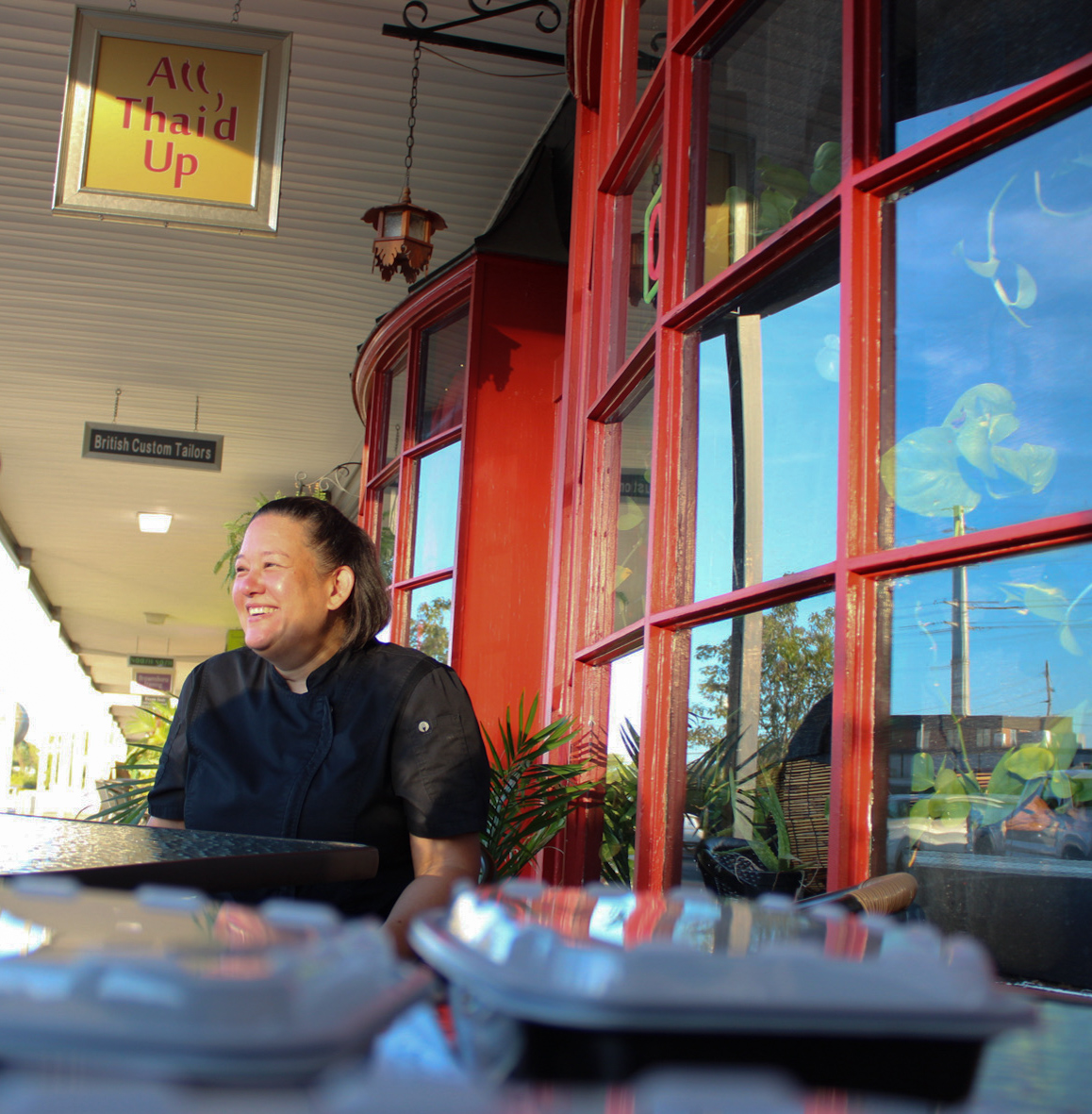In the heart of Old Louisville, you’ll find streets lined with historic, Victorian-esque homes that have been preserved for over 150 years. Named the largest Victorian neighborhood in the United States, the neighborhood has uniquely preserved architecture that spans over 48 city blocks. It has existed for 150 years and represents a significant part of Louisville’s history. It has survived the daunting threats of urban renewal and modernization in recent decades. But still, these historic homes face yet another threat: heavy truck traffic rumbling through the community. Not only does this traffic raise structural concerns for Old Louisville’s infrastructure, but it also poses threats to the neighborhood’s culture seeing as so much of our city’s history is held in its unique architecture. Residents of the community are actively advocating for solutions, so all hope has not been lost for these beautiful homes.
As stated by Lisa Elia in an article for The Palm Beach Post, “Old Louisville, just south of the city, was one of its first suburbs, and the most prosperous families — racetrack royalty, bourbon barons, titans of tobacco — built lavish mansions there.”
Horse racing, bourbon, and tobacco — those were the backbone industries of Old Louisville that continue to bring people to our city from far and wide. Much of the neighborhood’s history lies in its people and community, but it’s safe to say that its architecture also plays a massive role in its cultural heritage. Ranging from Italianate to Romanesque styles, these former barons’ homes display an extensive collection of architectural artifacts. They feature gargoyles and serpents, ornate stained-glass windows, hand-carved doors, and turrets that make you feel like you’re looking at a castle in medieval times.
Despite the cultural value that this community holds, no amount of history can prevent the structural issues that come with heavy truck traffic. The issue predominantly lies on Oak and St. Catherine streets, which sit between Ninth Street and Interstate 65. As explained by Connor Giffin in an article for The Courier Journal, truck drivers are abusing these two streets as shortcuts to and from the interstate in place of using Ninth Street, a major arterial road with direct access to Interstate 65.
Heavy semi-trucks driving through these streets cause strong vibrations in the ground, leading to the potential damage of the neighborhood’s historic homes. Giffin highlights residents’ concerns of “cracks forming in multiple walls around the house,” and the structural damage resulting from their homes shaking with heavy movements in the streets.
Conversely, Giffin also cites Mark McGinley, professor of civil engineering at the University of Louisville, who claims, “It’s impossible to directly connect heavy truck traffic to damage to homes.”
However, despite the fact that heavy truck traffic can’t directly be connected to structural damage, McGinley explains the effect of soil shifting under the houses, which is what causes the structural cracking. Giffin quotes, “Strong enough vibrations from truck traffic have the potential to accelerate the movement in the soil, and proximity to the street could make a home more susceptible to this effect.”
Since the houses were built over a century ago, their foundations are left vulnerable to this effect, especially considering that many of them are not well-maintained. This has inevitably led to residents speaking out and calling for action from Louisville Metro Council to solve this issue.
With all of this in consideration, the question remains: How do we protect these historic homes from the effects of heavy truck traffic?
I believe that the answer lies in two simultaneous steps: Rerouting heavy truck traffic and upgrading the infrastructure in the affected areas.
The first solution may sound glaringly obvious, but it’s an imperative first step. Mapping out alternative routes for the trucks creating the issue is something that needs to be done in order to prevent further damage to the homes. Giffin explains that, while a heavy truck traffic ordinance does exist for select areas in Old Louisville, residents are fighting to get Oak and St. Catherine streets added to the list of protected roads.
Beyond advocating for legal enforcement, Old Louisville residents have also been in contact with several companies whose trucks run these routes in an attempt to resolve the issue straight at the source. These attempts have been somewhat successful, with companies such as Rumpke and Consolidated Grain and Barge Co. taking steps to correct the problem, such as enforcing alternate routes on truck drivers, but there is still work to be done.
Along with rerouting truck routes, furthering preservation efforts in Old Louisville neighborhoods is critical to saving its infrastructure. This could involve implementing more traffic-calming measures or upgrading surrounding roads outside of historic zones to safely handle heavy traffic in order to reduce the harmful impact of heavy traffic.
While these changes may sound expensive, prioritizing the community’s historic value will allow future generations to appreciate Old Louisville the same way that previous generations have for almost two centuries. Communities can advocate for these efforts in numerous ways, such as through petitions, protests, community meetings, and calling representatives. When faced with the choice of cutting corners or preserving our city’s legacy, we can only hope that Metro Council makes the right decision and moves forward with the proposed additions to the existing ordinance to place Old Louisville’s famed homes under full protection.









